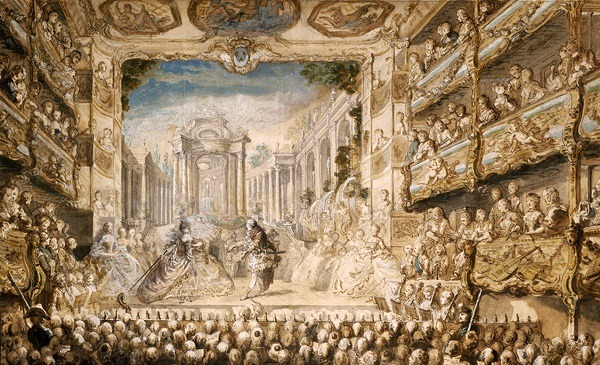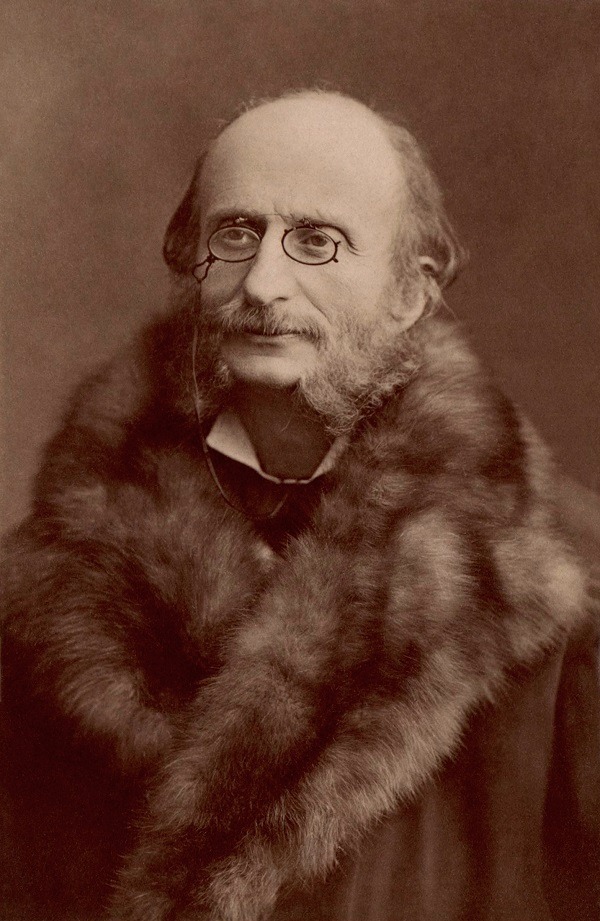French Opera ranks second only to Italian opera in terms of longevity, depth, and richness of its history. The small, operatic French tradition started in the 17th century, was enriched through the succeeding years, and remains very much alive today. Here, learn more about the French Opera and its colorful past across the centuries, which would let you better appreciate this impeccable art and craft.
In an attempt to compete with Italian opera, Italian artist Jean-Baptiste Lully started a new, separate tradition at King Louis XIV’s court. Regardless of his international roots, Lully founded the Academy of Music and began dominating the French opera through tragédie en musique, also called tragédie lyrique. The genre featured stories based on Classical mythology, Italian romantic epics, or the royalties’ heroics during the war.
Cadmus et Hermione was the first product of the said form, first performed on April 27, 1673, by the Paris Opera. Since then, Lully monopolized the scene, and his shows were characterized by eloquent recitals, which perfectly blended the intricacies of the French language.
Jean-Philippe Rameau, Lully’s successor, created five tragédies en musique while also resorting to other forms, such as the opera-ballet. Though Italian opera was famous in other parts of Europe, French Opera remained strong and prominent in France.
After the death of Rameau, Christoph Willibald Gluck was convinced to create works for the Parisian stage. The German produced six operas, bearing some influence from Rameau’s works, though it boasted more simplicity and centered on drama. Some of his notable works were the “Iphigénie en Aulide” and “Iphigénie en Tauride.”
By the 19th century, France’s economic and political supremacy allowed Paris to attract many European artists. At this time, many Italians shined, such as Luigi Cherubini, Gaspare Spontini, and Etienne Méhul. Later on, Italians became instrumental in establishing the French Grand Opera.
In 1828, “La muette de Portici,” also called Masaniello, became the first “grand opera.” Created by Daniel Auber alongside librettist Germain Delavigne, it became very popular for its alleged role in sparking the Belgian Revolution in 1830 after it was shown in Brussels. In this period, two of the most notable grand operas were made by Italians, such as Rossini’s “Guillaume Tell” in 1829 and Verdi’s Don Carlos in 1867. Hector Berlioz, a French-born composer, was rejected in 1837 and struggled to gain even little reception.
A new genre, Operetta, blossomed in the second half of the 19th century and served as the ideal “countermeasure” to the Grand Opera. It was popularized by Jacques Offenbach and produced remarkable works, such as “La Belle Hélène,” “Orphée aux Enfers,” and “La Périchole,” which were derided and represented the blithe ambiance in Paris at that time.
From there, many composers produced popular crafts, such as Charles Gounod, famous for his “Faust,” Camille Saint-Saëns, Ambroise Thomas, and Jules Massenet. Another craftsman who hailed from this period was Georges Bizet. He is the composer of “Carmen,” deemed as the most famous and best-loved French opera of all time.
In the early part of the 20th century, new facets were introduced to French music. One notable composer of this era was Claude Debussy, renowned for his operatic masterpiece “Pelléas et Mélisande” in 1902, and served as the landmark of twentieth-century music. Another composer who shined was Maurice Ravel, famous for “L’heure espagnole,” and “ ’enfant at les sortilèges.”
The second half of the 20th century saw the emergence of Francis Poulenc (Dialogues des Carmélites) and Messiaen (Saint François d’Assise). Their works became majestic spectacles that demonstrated essential values from the past using a contemporary way.



